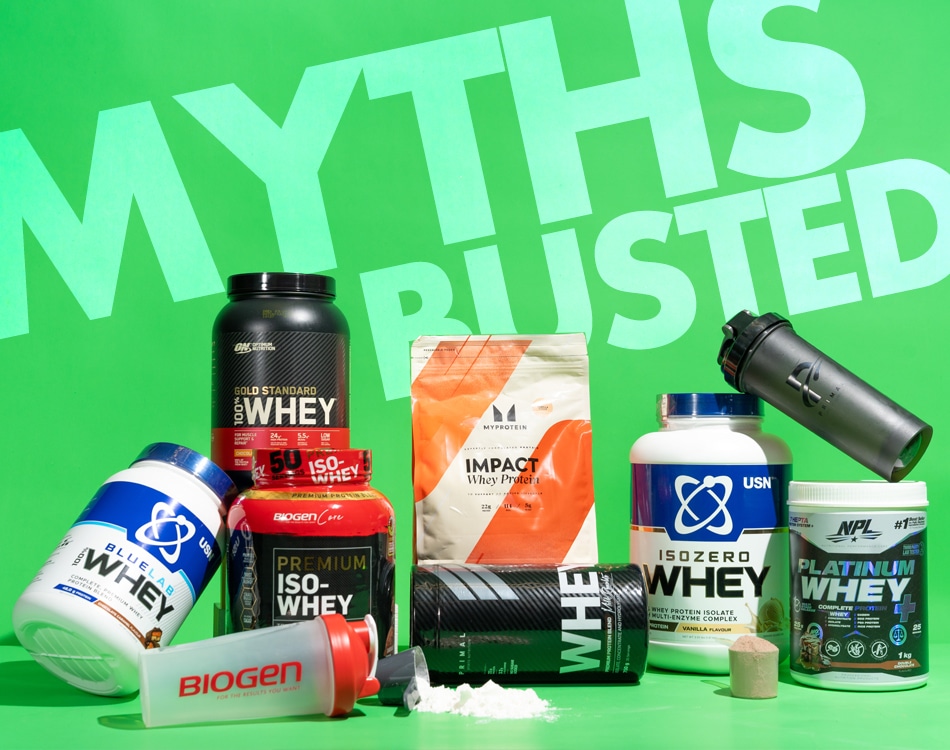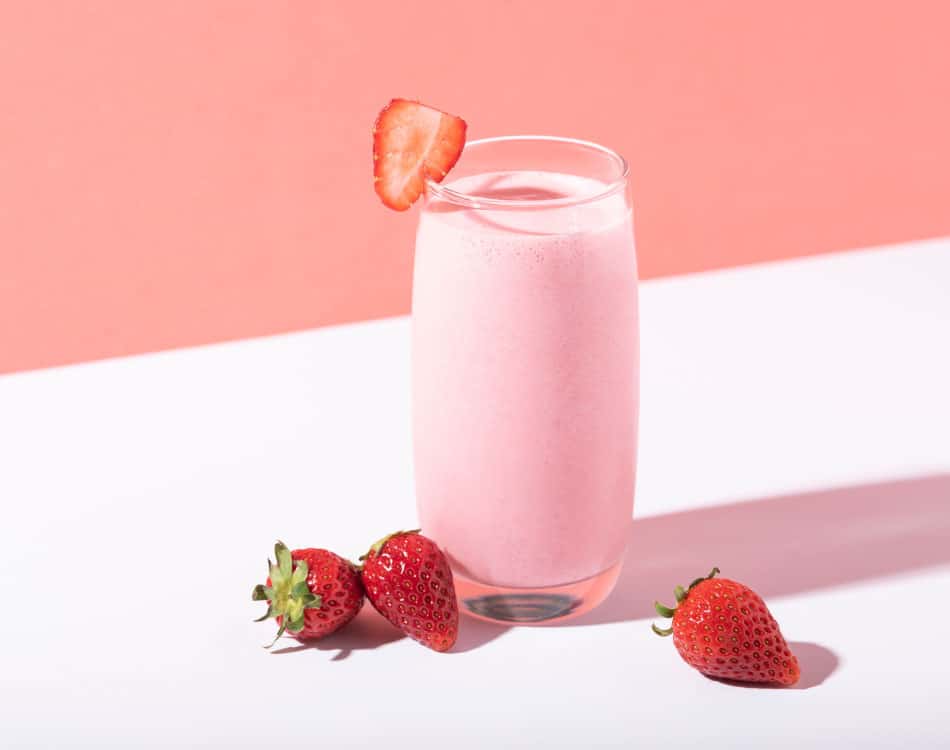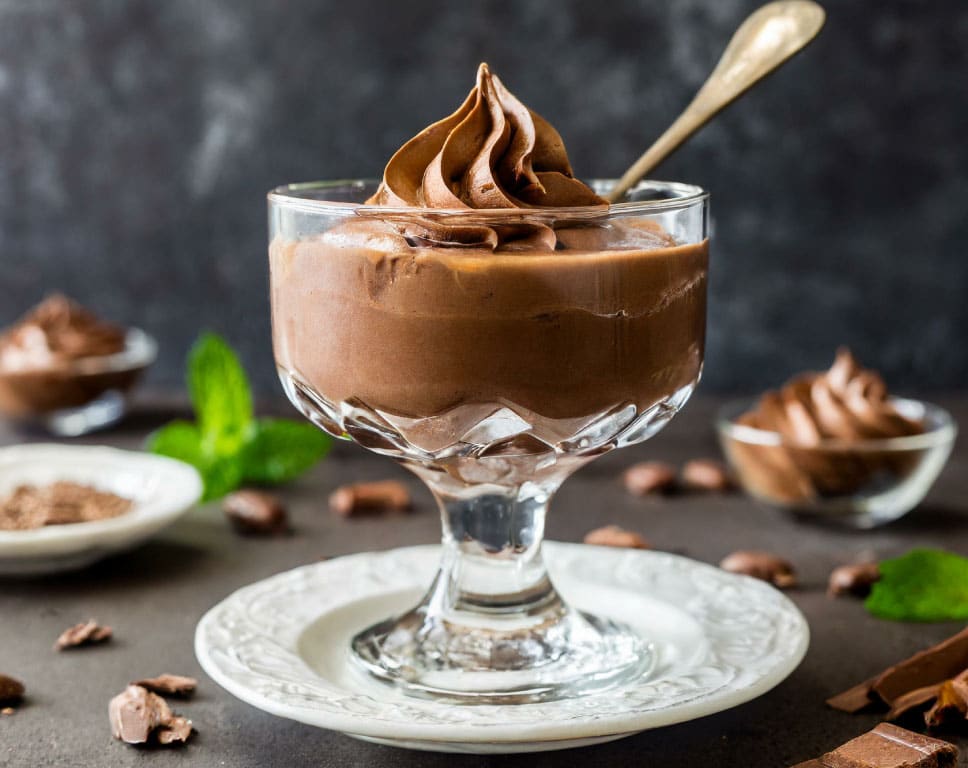Protein is an essential macronutrient for muscle growth and recovery, but there are many myths and misconceptions surrounding its role in health and fitness.
We break down five common myths about protein worth debunking!
Myth #1: More Protein equals more muscle
Many people believe that if protein helps build muscle, then more must be better. The truth is that eating excessive protein alone won’t automatically build muscle.
The reality is that the body can only use a certain amount of protein per meal, which is typically 20-30g for muscle protein synthesis. The excess is either used for energy or stored as fat if calorie intake is too high.
However, you also need to consider you total daily intake. While the current recommended daily allowance (RDA) advocated by the World Health Organization (WHO) is 0.8g/kg/day, this applies to healthy adults with a sedentary lifestyle and is not sufficient to maintain muscle and strength for active individuals.
Science-backed recommendations on daily protein intake for muscle growth typically range from 1.6-2.2 grams of protein per kilogram of body weight per day (g/kg/d).
In addition, supporting muscle growth requires strength training, proper recovery, and an adequate overall diet that is not just high protein intake.
Myth #2: Animal protein is best
A study published in the American Journal of Clinical Nutrition showed that both plant-based protein and animal protein build muscle equally well.
The research found that while higher protein intake led to better overall musculoskeletal health, the source of dietary protein – plant or animal – was irrelevant.
When eating a predominantly plant-based diet, it is important to consume incomplete protein sources together to create a complete amino acid profile with each meal or throughout the day.
You can also find plant protein in a range of supplements available at Dis-Chem Pharmacies.
Using a supplement is an intelligent approach to ensure you get all the amino acids required to deliver a complete protein profile, as not all plant proteins offer a complete amino acid profile.
Myth #3: The anabolic window
It’s simply not true that the 2-hour period after exercise is the only opportunity to maximise muscle growth after training with protein.
Research shows you have a wider anabolic window of opportunity to feed your body with protein after training than initially assumed.
This is even more so when you’ve had a pre-workout meal or supplement because the nutrients you ingested before training are often still being utilised in the hours after you visited the gym.
Myth #4: Whey is best after training
A clinical study suggests that a protein supplement blend of soy, whey and casein may be the best post-workout shake for building muscle – if you only consume one shake a day.
Specifically, the blend of proteins in this study showed an increase in anabolism when consumed during the post-workout anabolic window.
The study confirmed that consuming a blend of proteins versus whey protein alone provides a prolonged delivery of amino acids to the muscles, making it optimal for consumption following resistance exercise. However, if you drink multiple whey shakes a day, a whey protein product may be all you need.
Myth #5: Amino acids and protein are the same
While complete proteins are made up of Branched Chain Amino Acids (BCAA) and Essential Amino Acid (EAA), drinking amino acids in their individual form delivers different results.
For instance, while we can expect to get some, though not all, of the effects from consuming the amino acids found in whey, this superior protein source delivers other effects that are not generally derived from supplementing with isolated BCAAs, EAAs or leucine.
Whey also contains various bioactive peptides that act to enhance recovery and can potentially positively affect the adaptive process to exercise in other ways. These bioactive peptides are not found in EAA, BCAA or leucine supplements, and appear to be a unique quality to dairy proteins.















